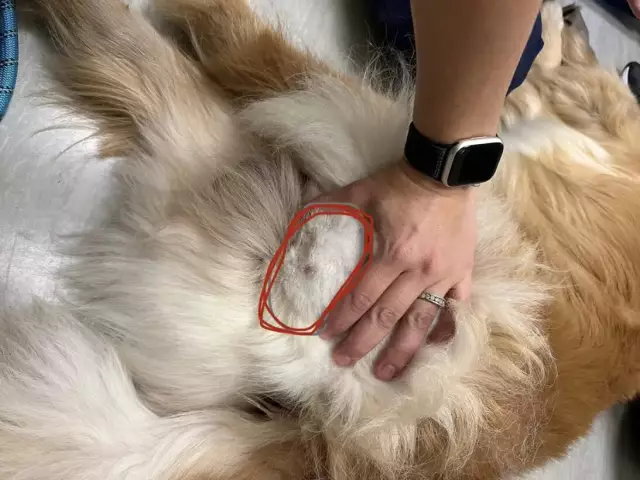- Author Curtis Blomfield [email protected].
- Public 2023-12-16 20:44.
- Last modified 2025-01-23 17:01.
On our planet, almost every eighth person after 45 knows what the symptoms of radiculitis are - a disease resulting from an inflammatory process or damage to the spinal roots (bundles of nerve fibers stretching from the spinal cord). According to the location of the affected area, cervical, cervico-brachial, thoracic and lumbar types of sciatica are distinguished.

Causes of radiculitis
Depending on the cause of the appearance, primary and secondary sciatica are determined. The primary is a consequence of a viral infection, and the secondary develops against the background of degenerative changes in the spine: herniated disc, its degeneration, stenosis, spondylosis, trauma or tumor of the spinal column. Sciatica can also occur as a result of hypothermia.
The most common form of the lumbosacral disease. It is here that the center of gravity of our body is located and, accordingly, the load on this part of the spine is the greatest, which leads to deformation of the intervertebral discs.

Sciatica lumbar: symptoms and treatment
Lumbar sciatica is localized in the lower back (lower back). This pathology is manifested by pain sensations that radiate to the thigh, lower leg, foot. As a rule, pain in the limb with this type of sciatica is more pronounced than in the lower back itself.
Feelings of weakness, numbness, tingling in the leg when moving are also characteristic. Often there is discomfort in the foot, fingers, as well as severe shooting pain at the time of movement of the lower limb or when trying to lean on it. By the way, a characteristic sign of this disease is that a person is forced to lie down (usually on his side, legs crossed) or walk, but he can hardly stand and sit.
Any of these symptoms of sciatica require a mandatory visit to the doctor. Only a specialist can accurately determine the cause of the disease. And without it, treatment is impossible.
How is the clinical picture of sciatica determined
It should be noted right away that sciatica is not defined in medicine as an independent disease. This is a symbol for a set of signs that indicate damage to one of the spinal roots.
To make an accurate diagnosis, not only the listed symptoms of sciatica are needed. The doctor will need to conduct an examination that allows you to see the range of motion and muscle strength in the affected area, as well as an x-ray examination that gives a picture of changes in the spinal column, the results of MRI, CT and EMG - fordetermining the degree of damage to nerve fibers.

Sciatica: symptoms, treatment, injections
Depending on the etiology and form of the disease (chronic or acute), sciatica is treated. For this, various painkillers are used (novocaine blockade, for example), electrophoresis, which helps to get rid of edema in the affected area. Widely used (especially in discogenic sciatica) ultrasound therapy and ultraviolet irradiation. Mud applications have a positive effect, relieving persistent pain.
For infectious sciatica, all the above procedures are used against the background of intramuscular administration of antibiotics or "Urotropin" (intravenously).
If you find symptoms of sciatica, do not self-medicate! Seek medical attention.






